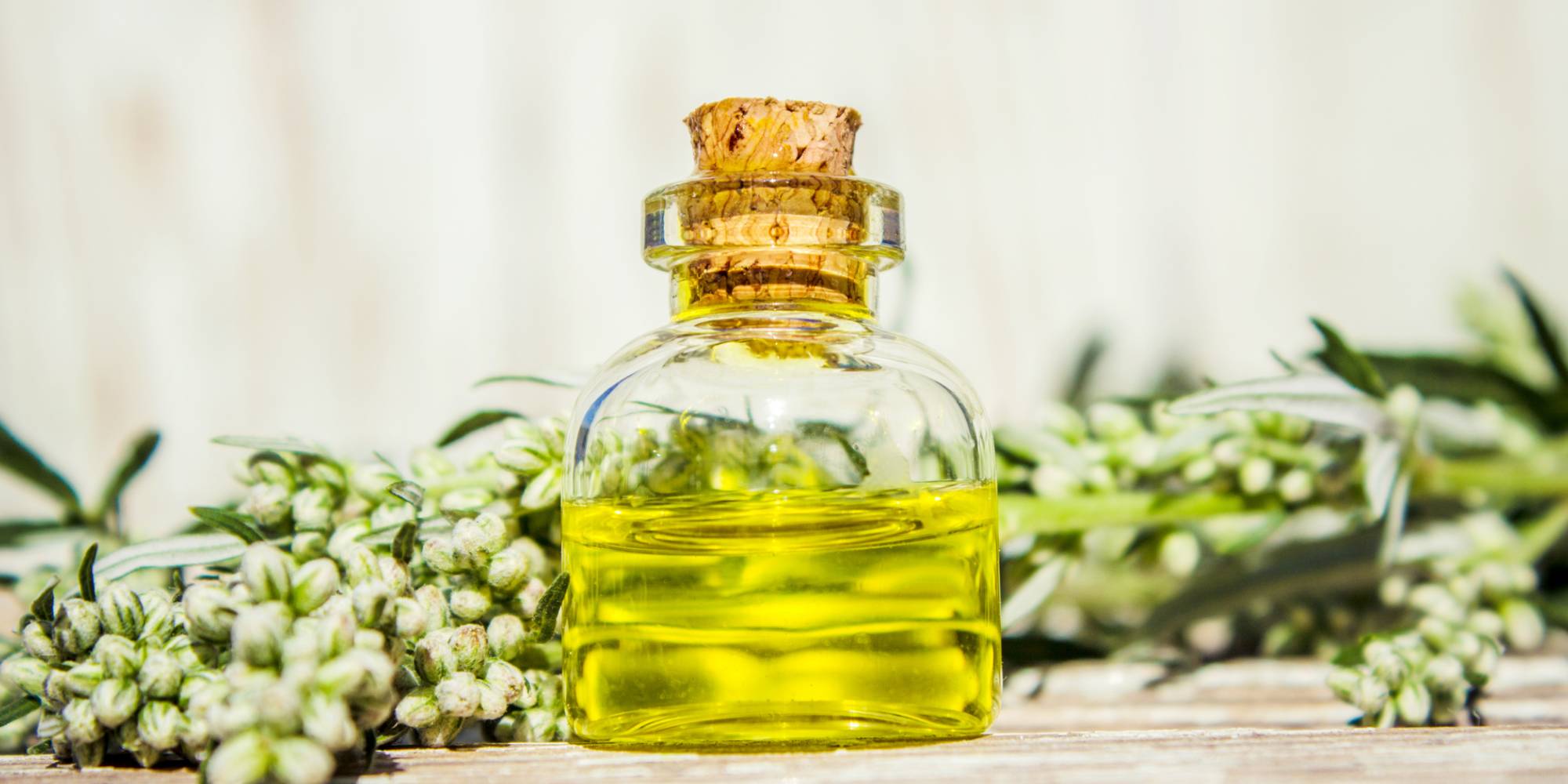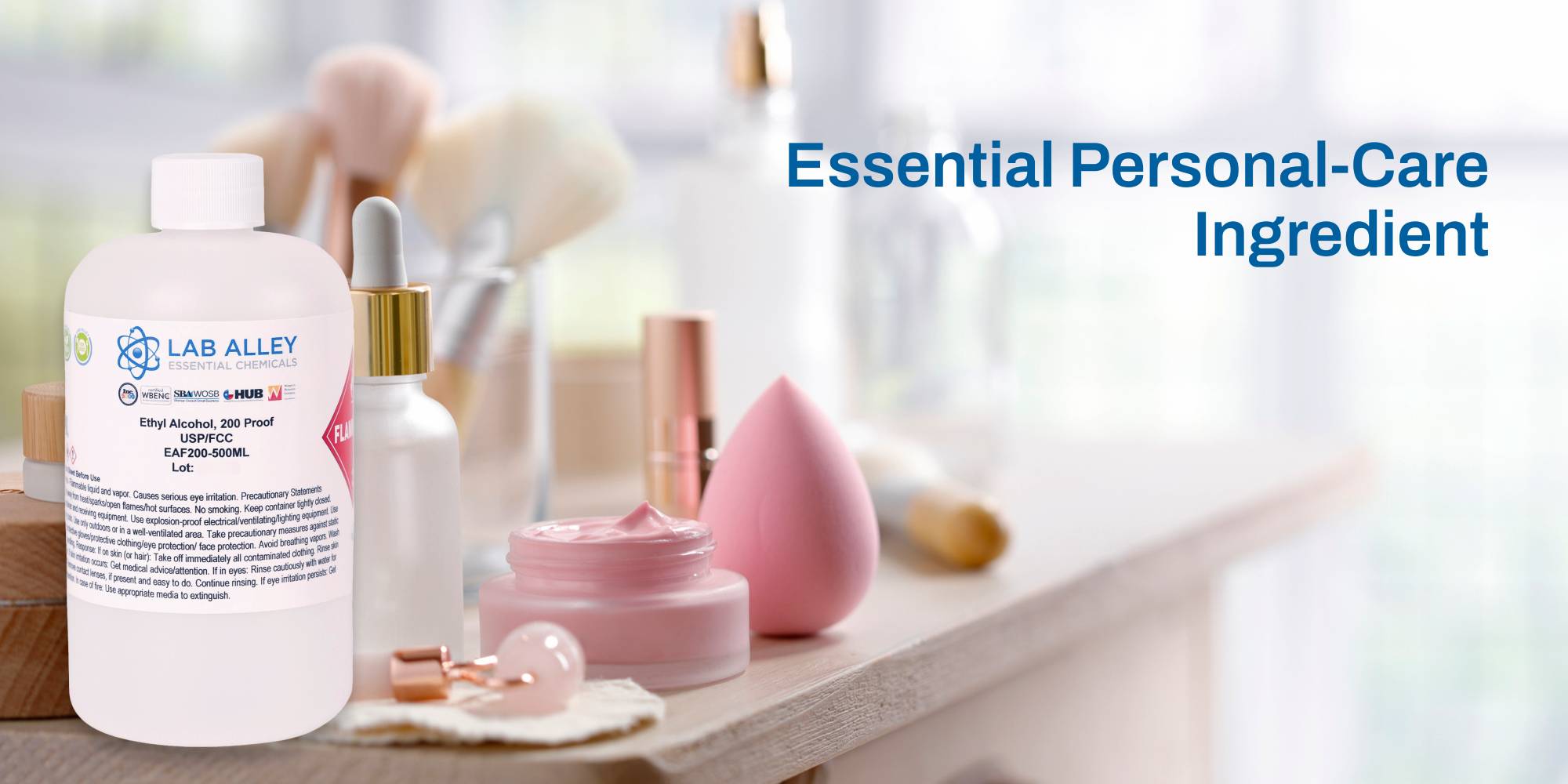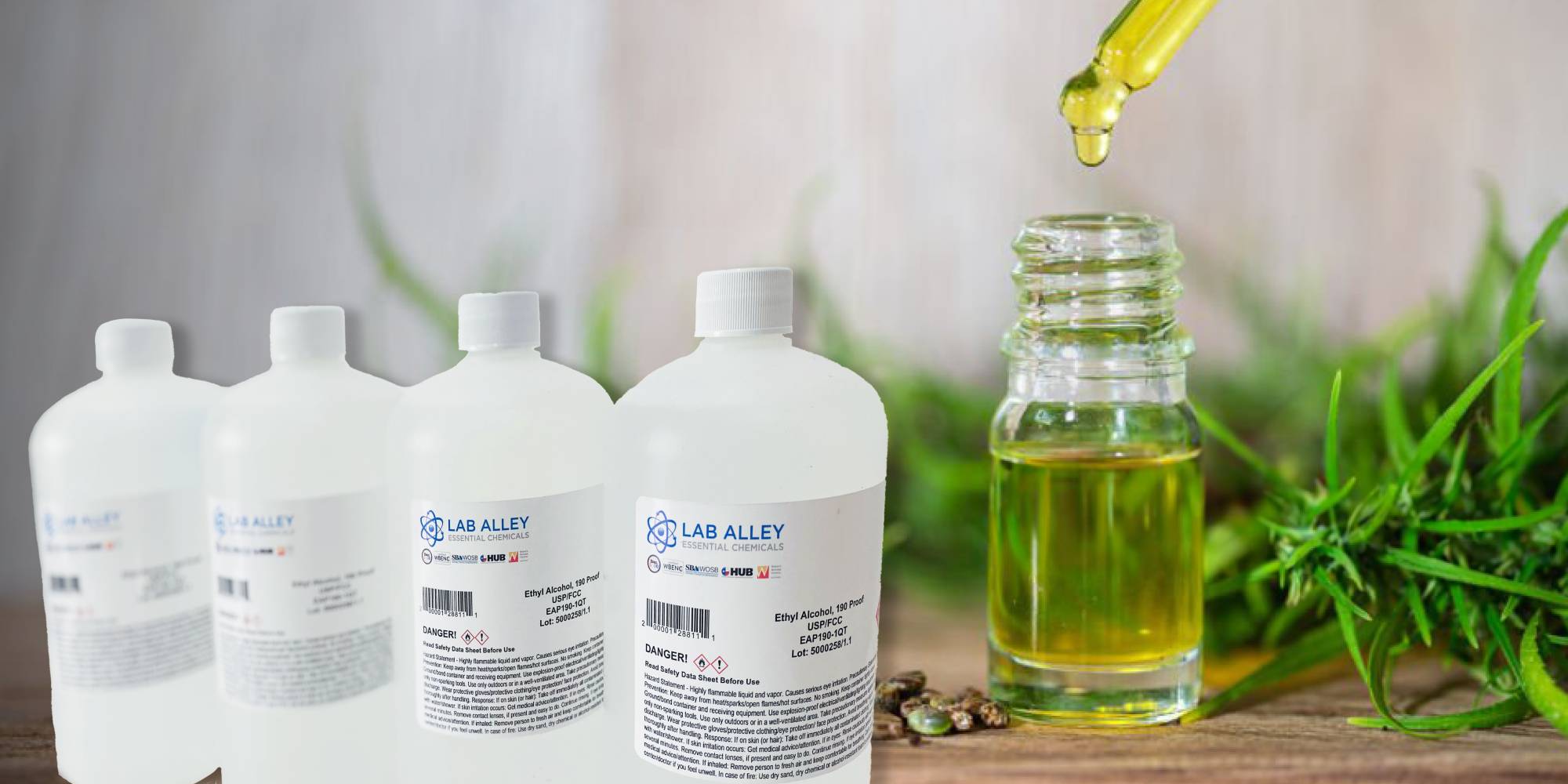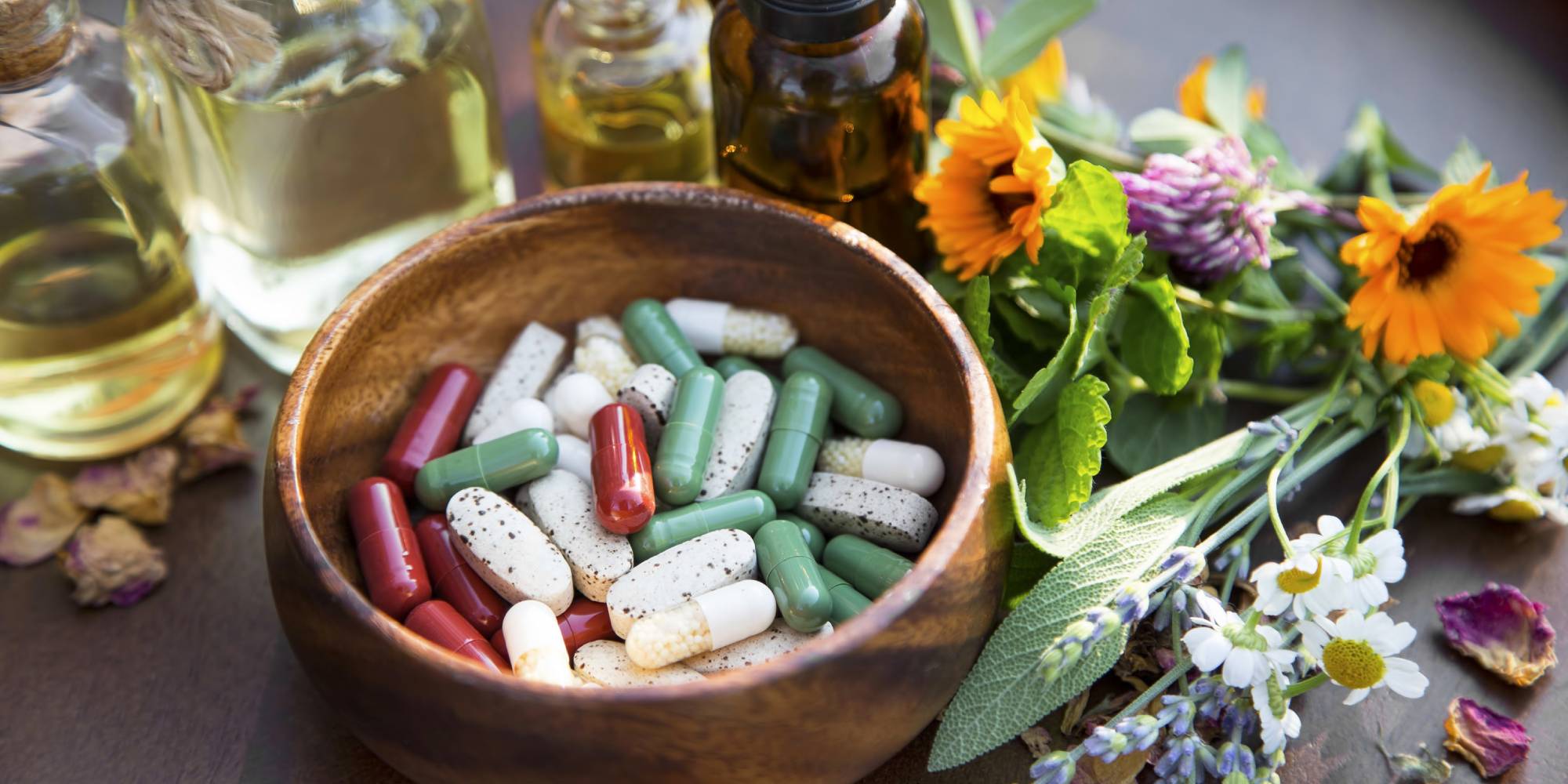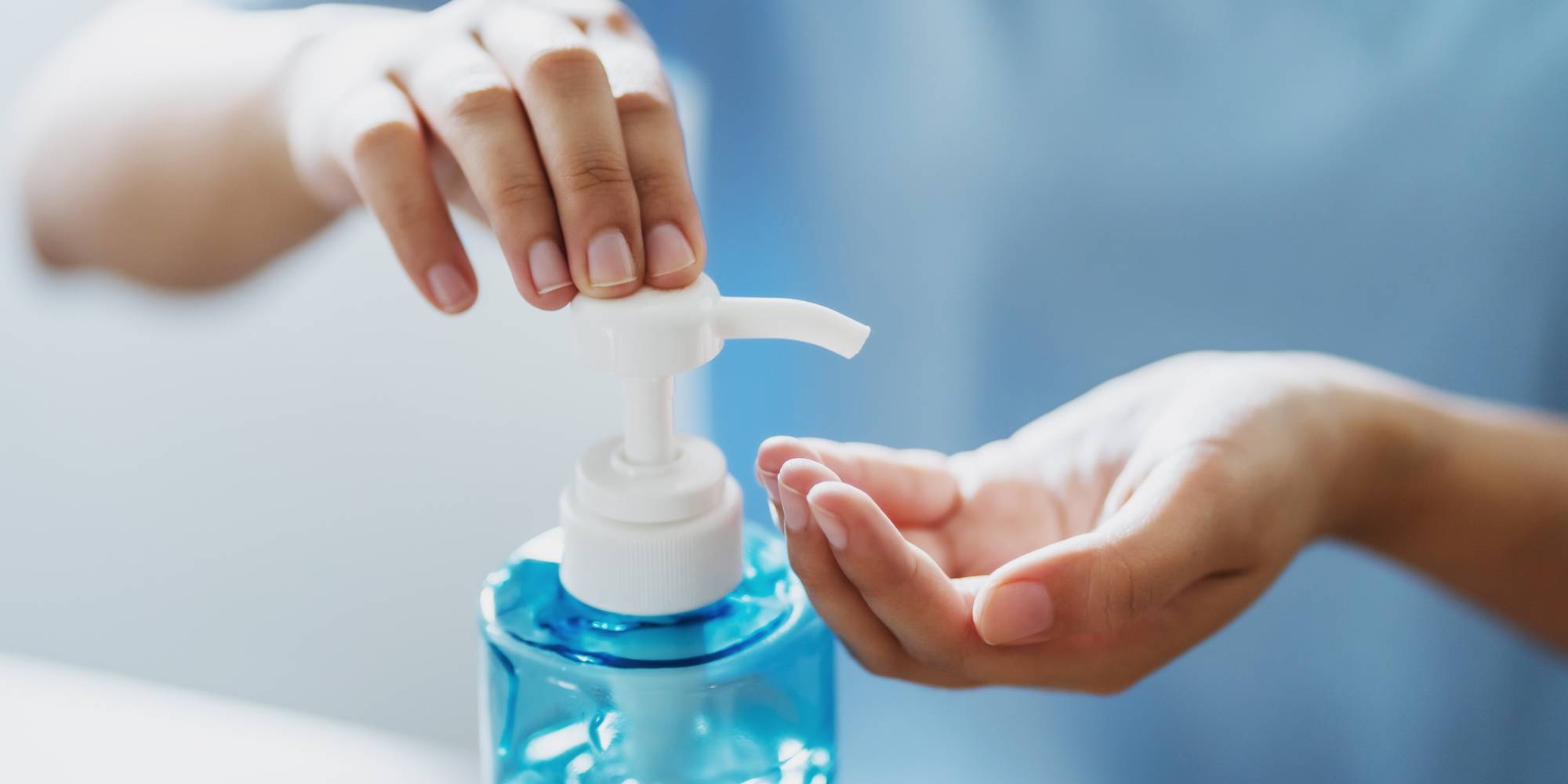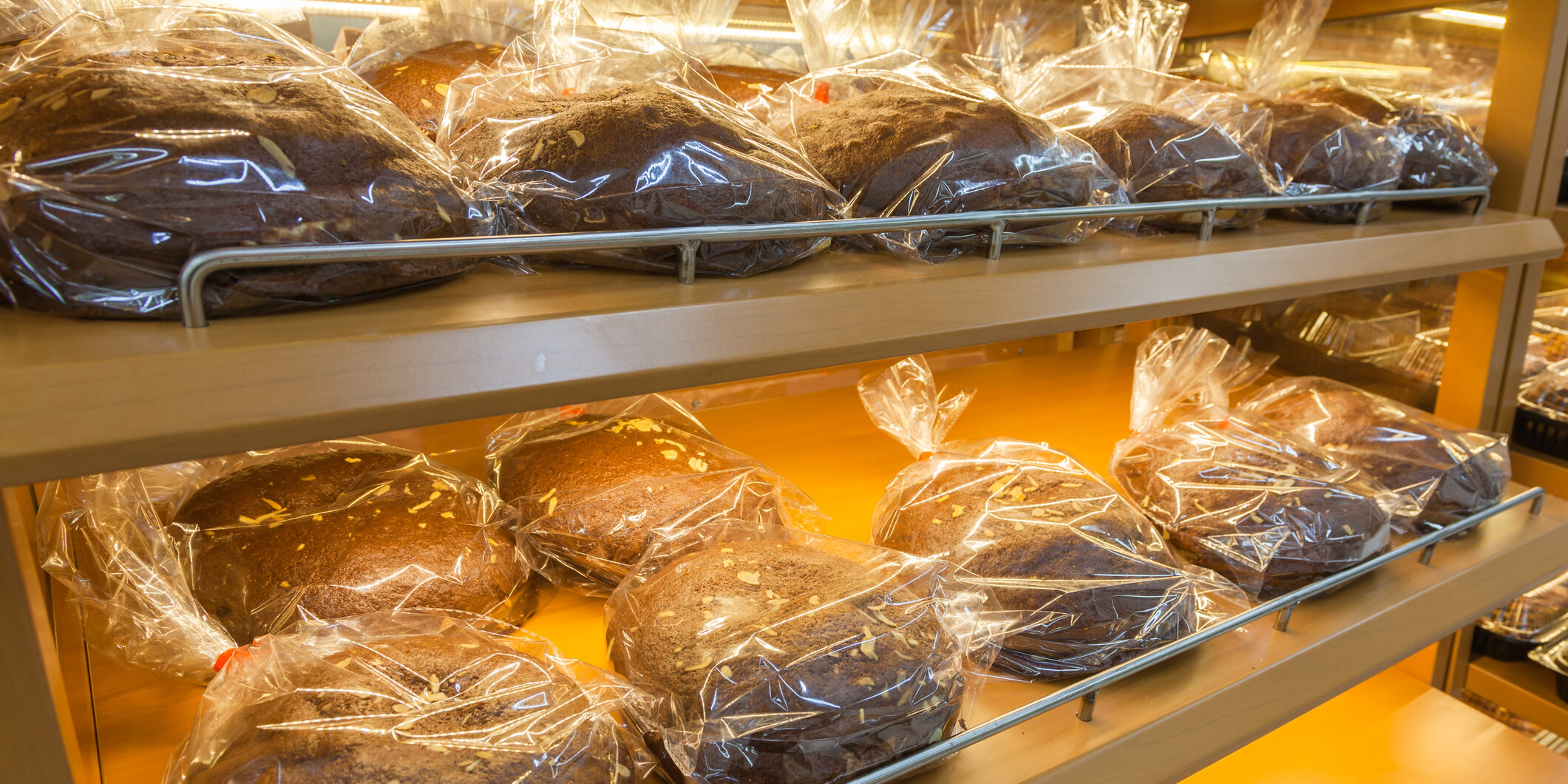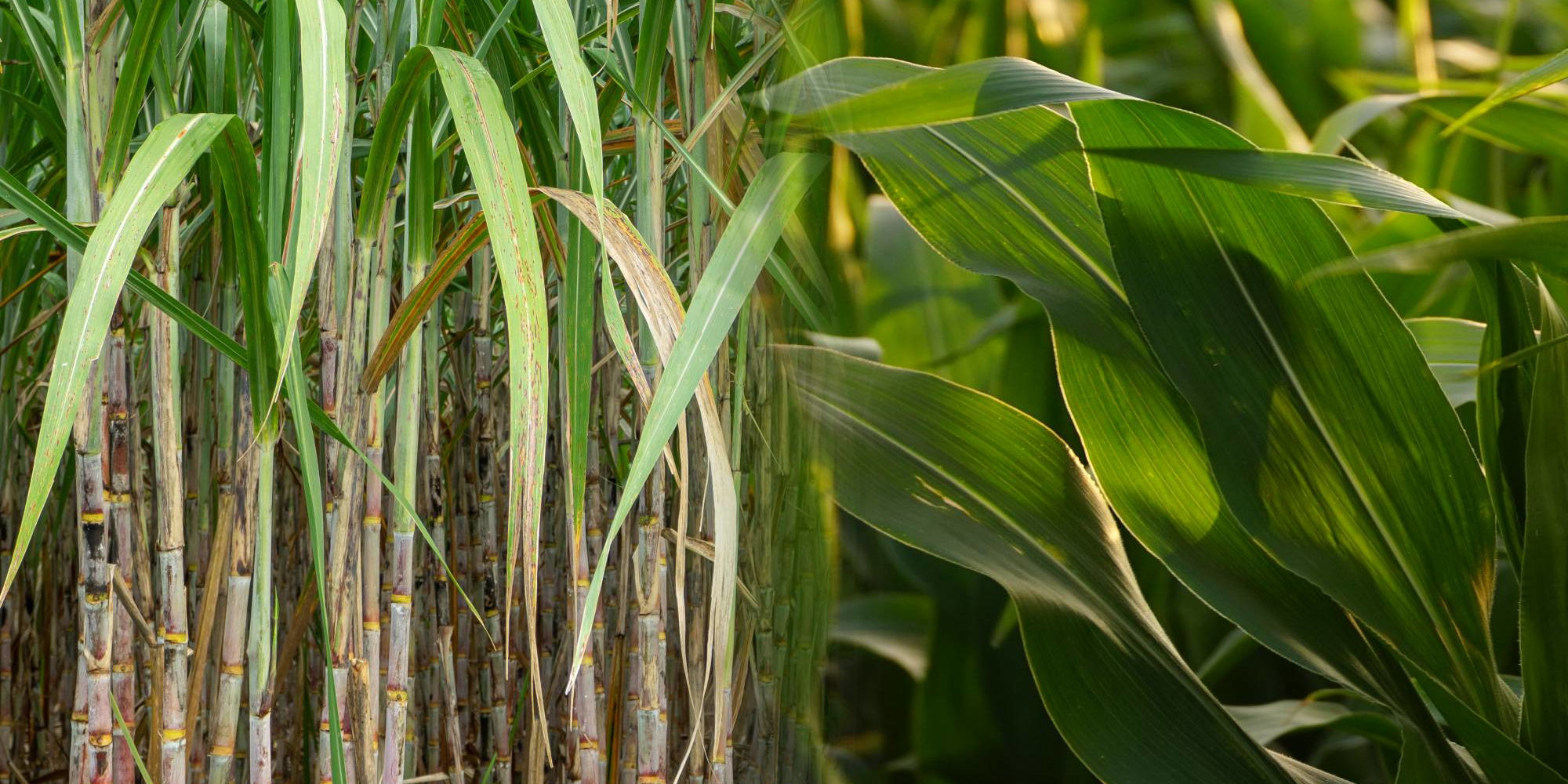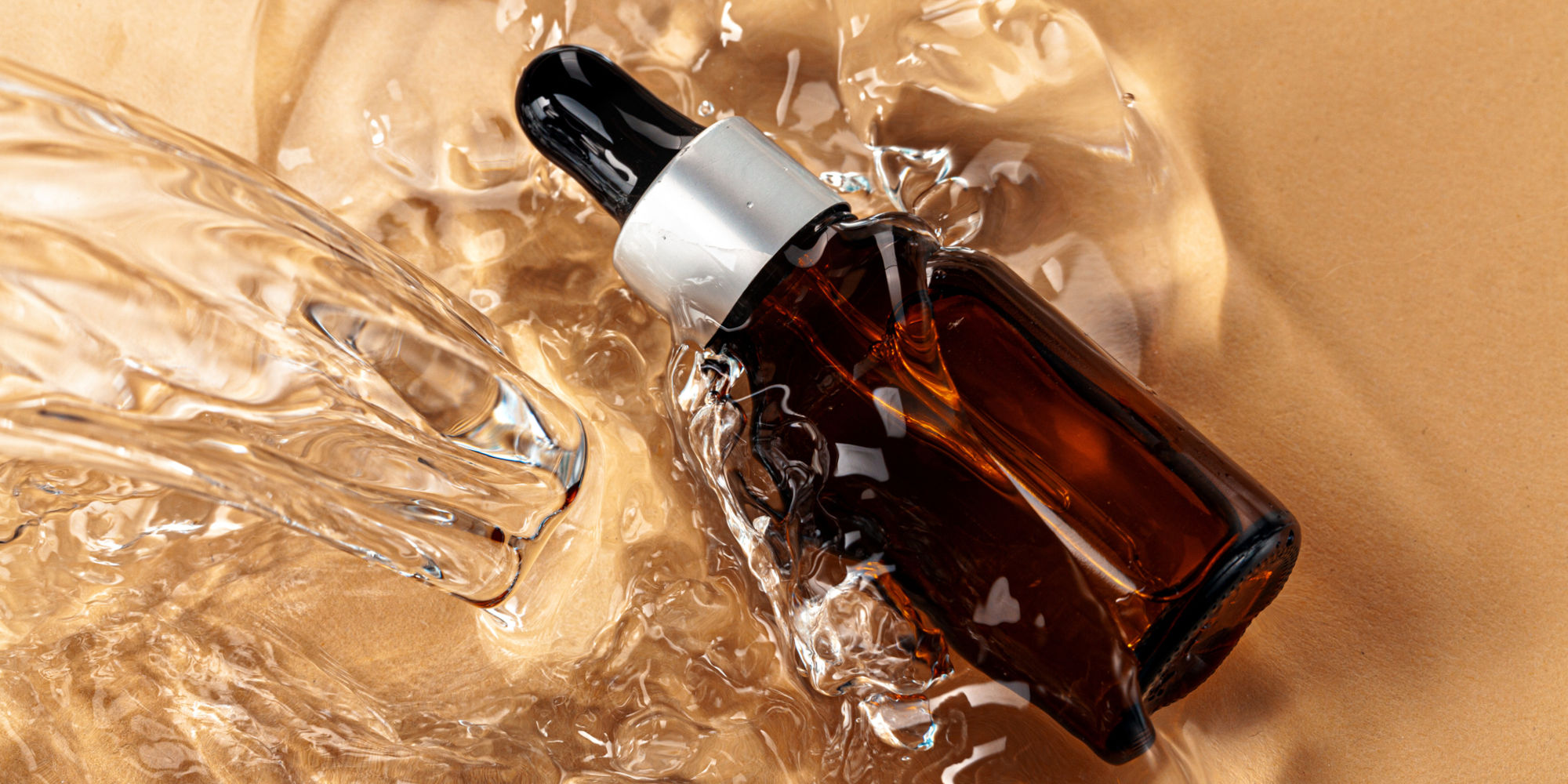Ethanol-based herbal tinctures: How new technology preserves an ancient medicine
November 7, 2023
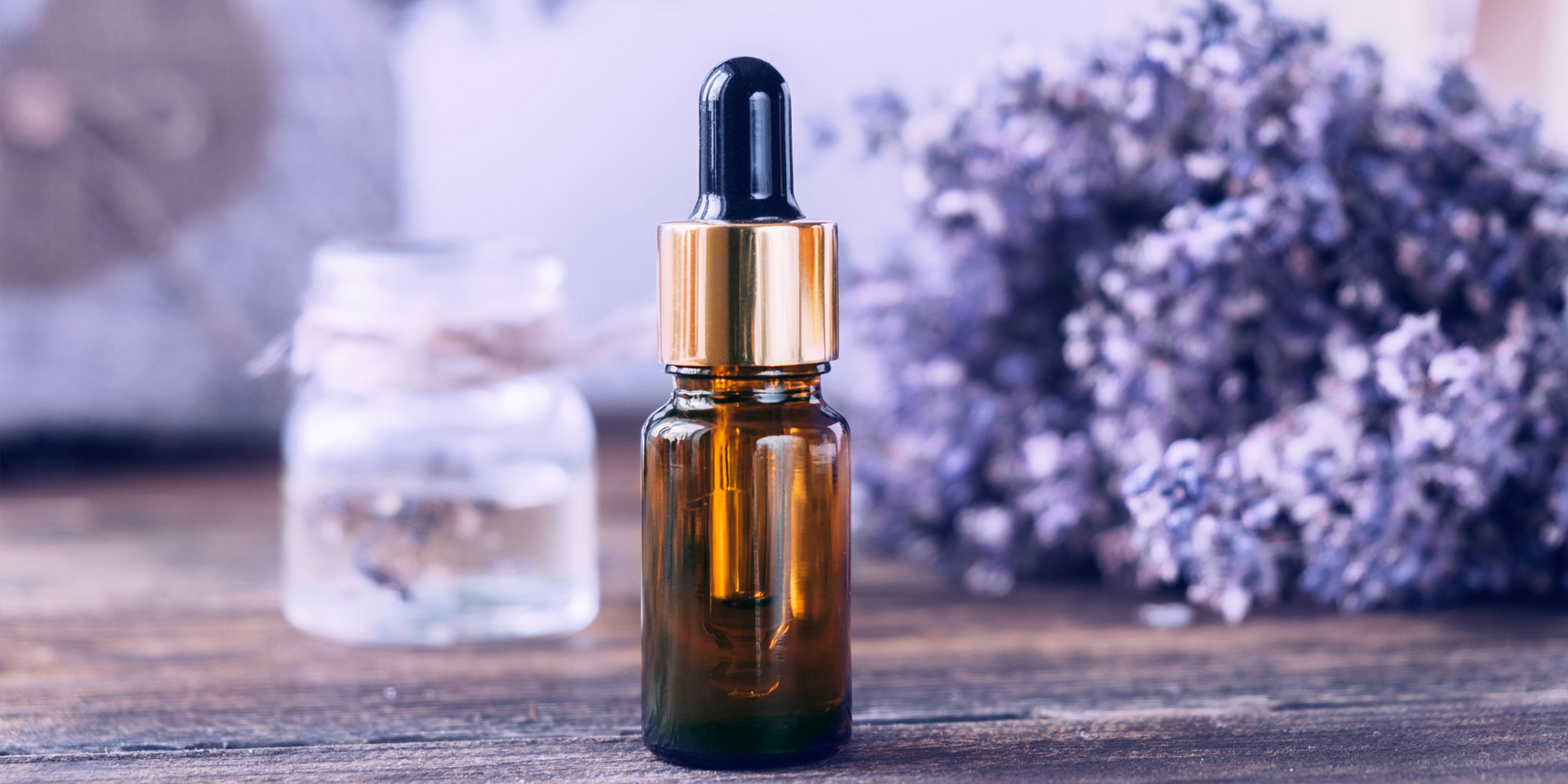
Herbal tinctures are a still widely used for medicinal purposes around the world. Ethanol is often the best solvent for extraction of bioactive phytochemicals, thanks to improved extraction efficiency, preservation capabilities, and the purported medicinal effects of the ethanol itself. Although long-held traditions have dictated the best preparation method for various medicinal plants, modern technology has enabled us to identify the bioactive compounds that are the driving force behind the therapeutic benefits of some plants. And since medicine is only as good as the quality of its ingredients, it is imperative that herbal tinctures are made from the highest quality, food grade and organic ethanol.

